Mayazul Lodge – Meet our team!
We are pleased to introduce our dedicated team of seasoned guides, where expertise meets passion. With deep knowledge of the As..
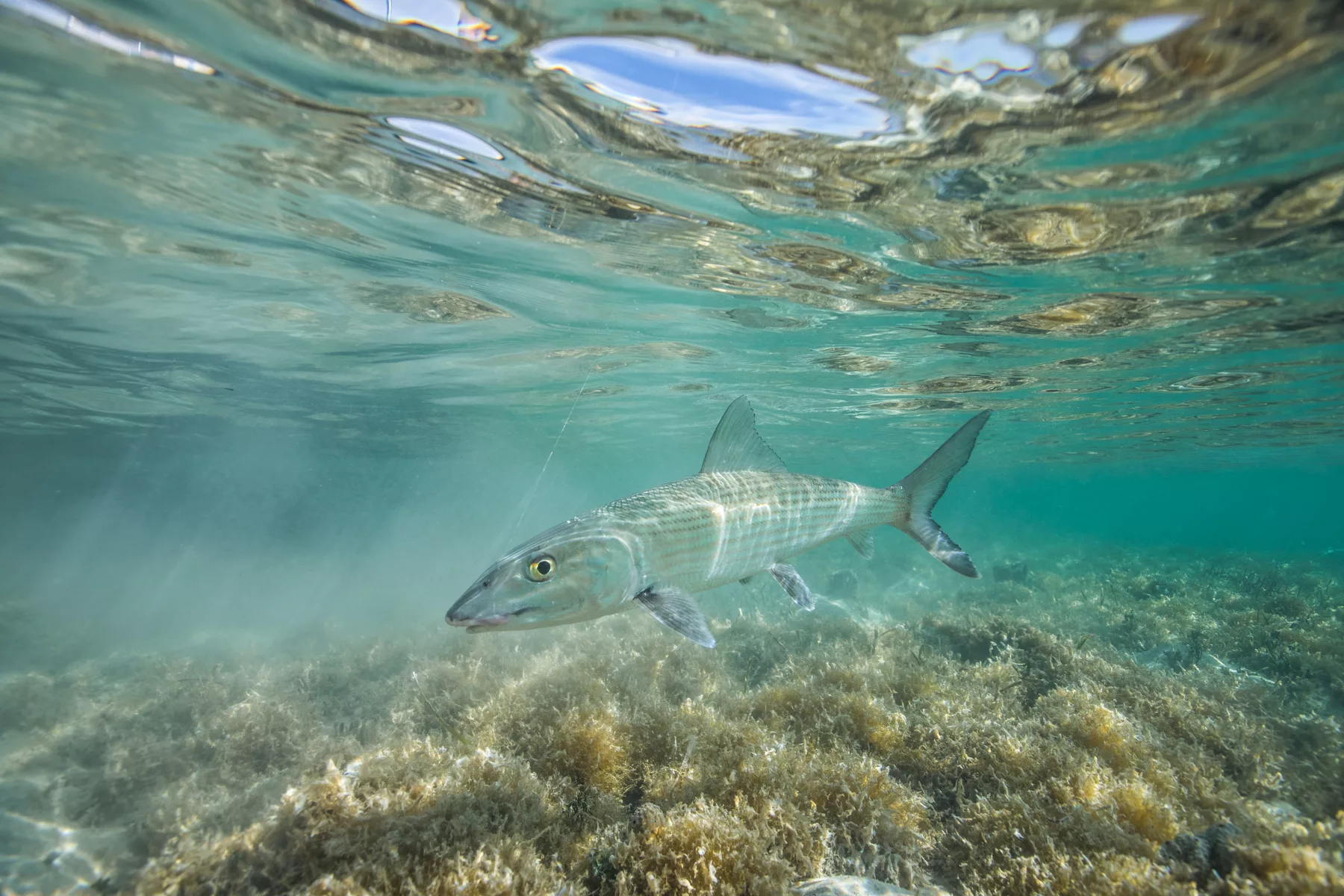
Bonefishing doesn’t have to be hard, at least not on Abaco anyway. The most stressful part of any bonefishing trip should be simply getting there, and once you step foot off the plane in Marsh Harbor, your blood pressure will drop as you catch that familiar smell of the flats on the wind and feel the Bahamian sun on your face.
Luckily for the traveling angler, the bonefishing on Abaco is consistent year-round. The most popular months to fish Abaco are from March to June when milder weather patterns persist, but you really can’t go wrong, as long as you steer clear of Hurricane season which occurs between July and mid-October.
Of course, the cooler months can bring with them moving cold fronts and stiff winds, but these months are when the largest bonefish move onto the flats. Making this time window the favorite of anglers hoping to finally land that double-digit bonefish.
Seasoned bonefish anglers will tell you that you should focus more on the tides when planning your trip, as timing them correctly means more time on the bow casting at bones tailing in shallow water under the high Abacoan sun.
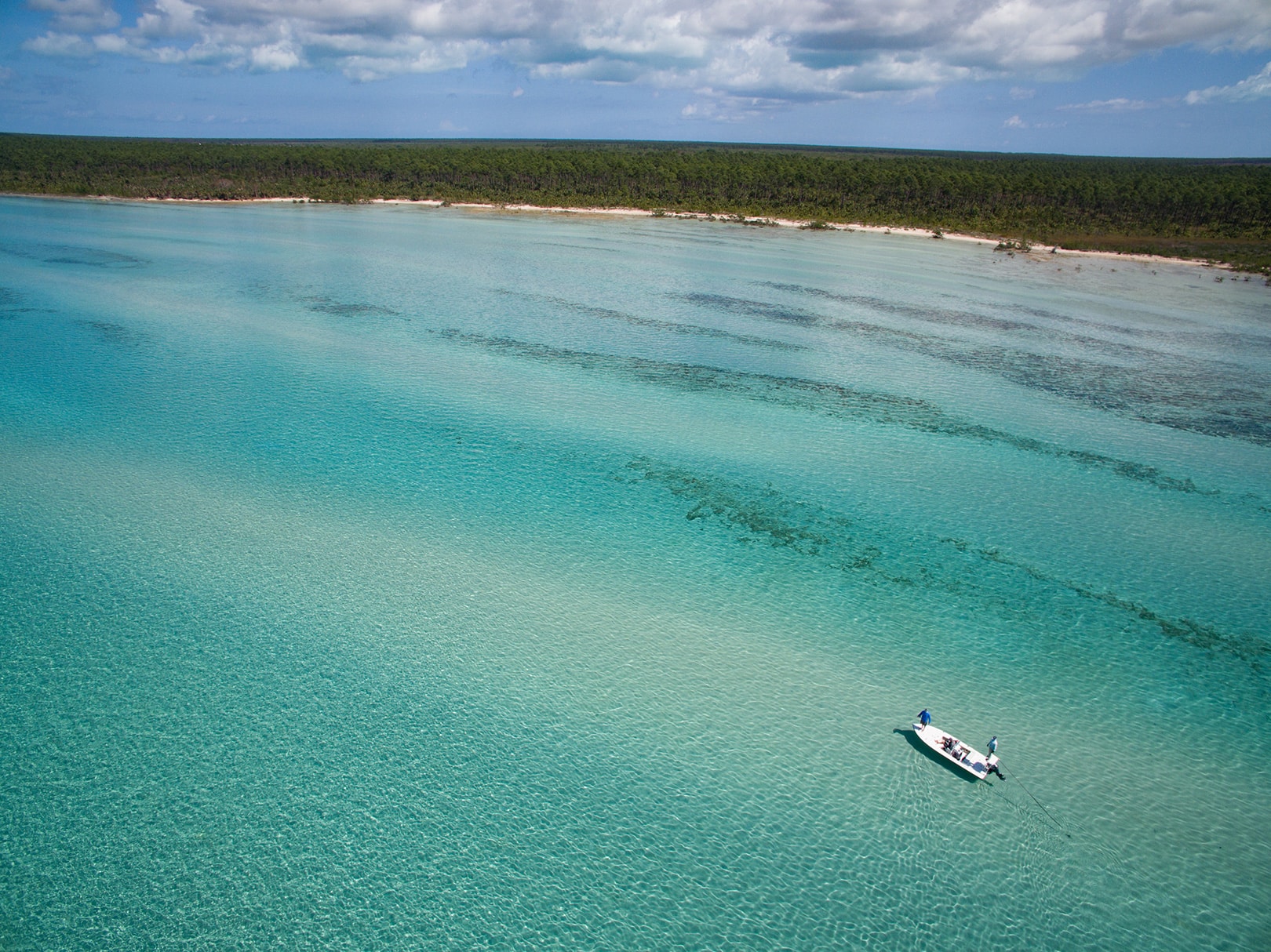
One thing Abaco is not lacking is fishable water. Nearly every shoreline on the island hosts bonefish at various points in the tide. This aspect of the island makes narrowing down the spots to focus your angling efforts the key decision maker about where to fish.
Generally speaking, Abaco has two main fishing zones: the Marls on the island’s west side, and the eastern ocean side. Each has its own population of bonefish and set of challenges for the adventurous angler.
The ocean side of Abaco is home to many hard sand and coral flats, and plenty of mangrove creeks. If you’re after the challenge of casting to large bonefish, this is the zone for you. Here the larger bonefish take advantage of the deeper drop-offs and quick draining flats to feed, typically feeding in singles and pairs on crabs, shrimp, and small baitfish.
The best place to start is to find a mangrove creek mouth you can get to, and then fish the low outgoing and low incoming tidal window when bonefish will be easiest to spot and feel the most comfortable.
The legendary Abaco Marls is an expansive 300-square-mile area of shallow mangrove-dotted flats found on the island’s west side. In the Marls, large schools of bonefish prowl, taking full advantage of the zone’s meandering creeks and back lagoons. This area is largely only accessible with a skilled guide and skiff, as the bottom is soft mud except on the mangrove island margins.
The Marls are also the area where you’ll encounter the largest spawning schools of bonefish you’ll likely ever see. Some local legends and angler anecdotes recount schools of migrating bones that stretched as far as the eye could see for hours as they moved to their ancestral spawning grounds.
If fish numbers are what you’re after, this is the Abaco zone for you.
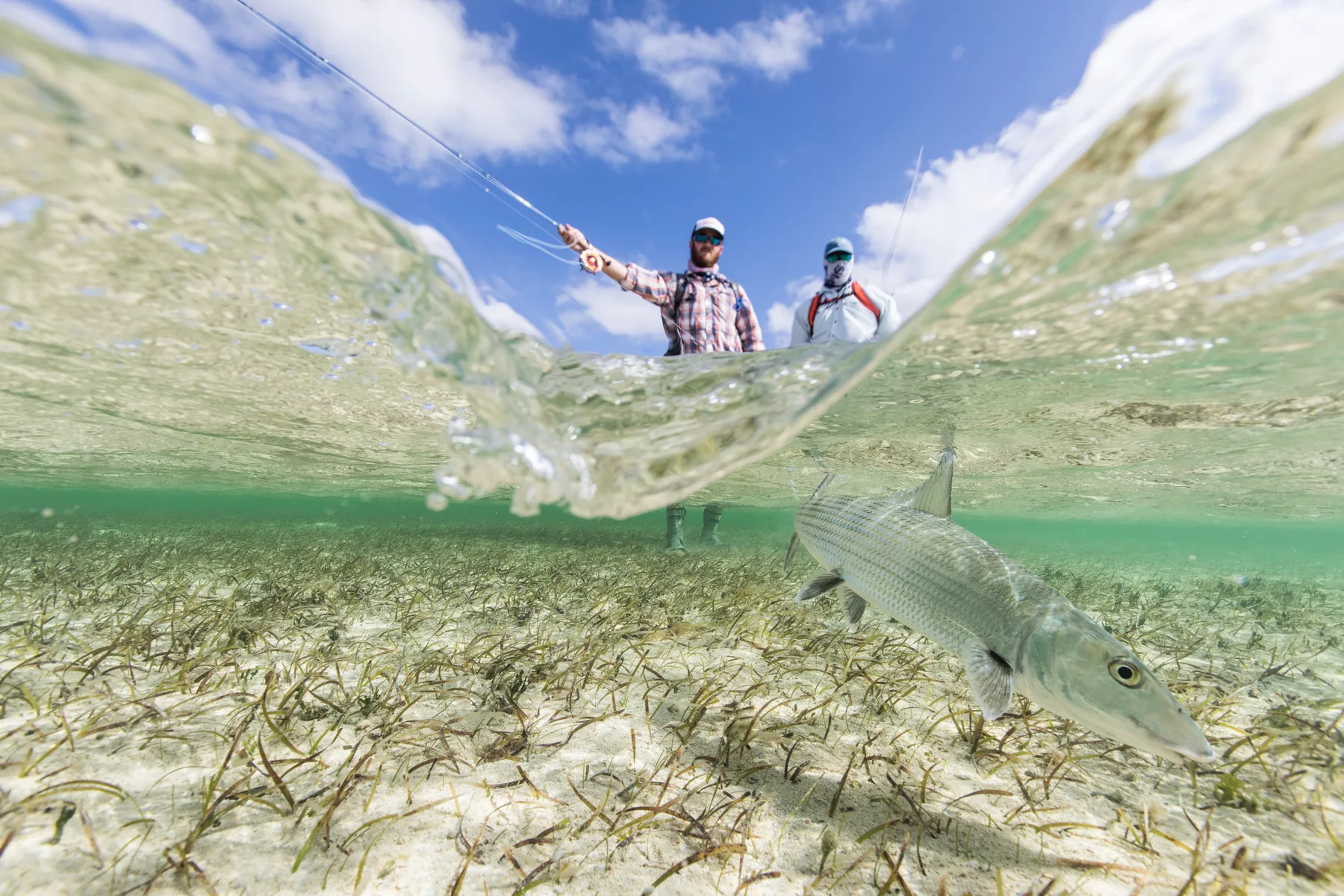
Like almost all saltwater gamefish, a bonefish’s day is dictated by the tides. Bonefish prefer to be in as shallow water as possible when both themselves and their prey feel the most comfortable being out in the open, Being prey themselves, they have to pay extra attention to their surroundings and any predators that might be around. Evolutionarily, they’ve figured out that staying shallow is the best way to avoid the sharks, barracuda, and dolphins who would like nothing more than to grab a quick bonefish snack on the go. This tendency actually works in the angler’s favor, as it greatly reduces the areas where you should be looking for tailing or pushing fish. When you approach a flat, look for the shallowest margins, this is where you’ll find the happiest bonefish.
Abaco is home to a myriad of mangrove creeks all around the island, which provides prime bonefish habitat. For the angler on foot, these should be the focus. Their creek mouths are the best ambush point to catch bonefish on their way into, and out of the mangroves on the shifting tides.
Now that those basics are established, let’s look a bit closer at strategies for both sides of the tide, outgoing and incoming.
When hunting for bonefish on an outgoing tide, it’s important to have a good strategy in order to increase your chances of success. As the tide starts to recede, the water level drops and the bonefish will often move off the flats and towards deeper channels or drop-offs.
One effective strategy is to position yourself near these channels or drop-offs and keep your eyes peeled for signs of feeding fish on the margins of the flat. The bonefish will be feeding on shrimp and small crustaceans that are being swept out with the current, so your fly should mimic these bonefish forages.
As the water gets shallower, bones can become more skittish, so it’s important to be stealthy and make accurate casts.
Fly fishing for bonefish on an incoming tide requires a slightly different strategy than on an outgoing tide. As the tide starts to rise, the bonefish will often move onto the flats to feed on crustaceans and small baitfish that are pushed in with the incoming current.
One effective strategy is to position yourself near the edges of the flats where the water is starting to cover the edge of the flat, this is where you’ll more than likely find the feeding or staging fish. It’s important to be patient and observant, watching for any signs of feeding bonefish or disturbances in the water that may indicate their presence. Cast your fly in front of the feeding fish and slowly retrieve it with long, smooth strips, mimicking the movements of a fleeing prey.
Riding the incoming tide, the bonefish may move further onto the flats, so it’s important to cover as much water as possible constantly scanning for signs of fish on the shallow margins near the top of the tide.
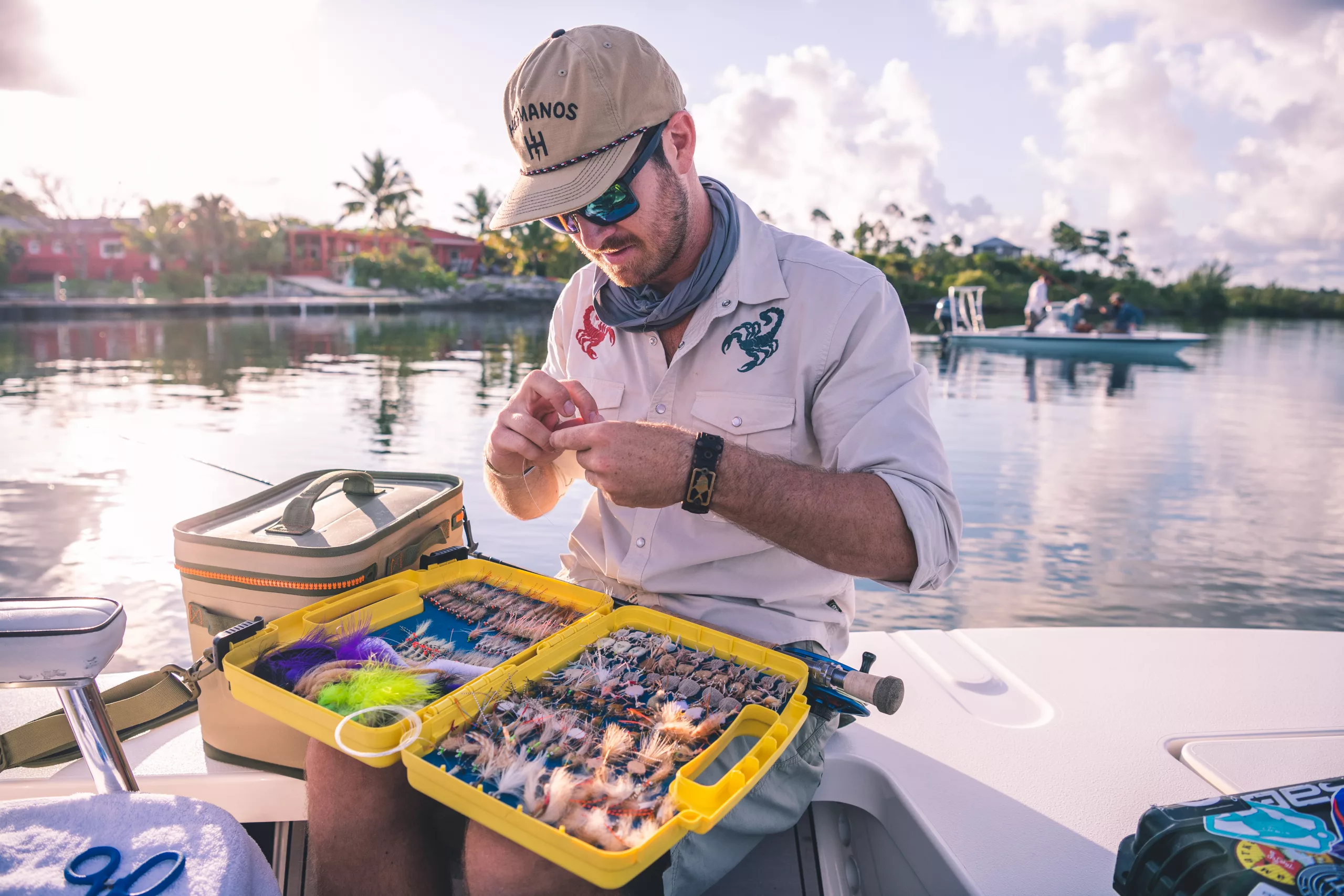
Bonefish are simple fish when it comes to feeding them flies. Their main forages are shrimp and crabs, however, given the chance, they’ll feed on small baitfish, busting the bait against the shore like a pack of hungry striped bass.
Although bonefish have a reputation for being selective when it comes to flies, we think this isn’t exactly true. You’ll likely find that they’re most sensitive to presentation than fly pattern choice. More often than not, if you present the fly properly and the fish doesn’t spook, it’ll take the fly without a second thought.
The spawning shrimp is a perennial favorite on Abaco since it was first developed. We recommend tying them on solid saltwater hooks in sizes #2 – #6. The best colors are tan and olive, for sand and eelgrass flats, respectively.
Gotchas and Crazy Charlies are the wooly buggers of the flats in the Bahamas. These are two patterns indigenous to the Bahamas, and for good reason, bonefish simply can’t resist them. Guide favorite colors are tan, olive, and pink, tied on #4 – #6 hooks.
The Flexo Crab is the new kid on the block when it comes to flats flies. Developed in the Seychelles to target Indo-Pacific Permit, the pattern has permeated saltwater anglers’ fly boxes all over the world. Bonefish love them, and if/when you spot a permit charging onto the flat, they work perfectly in double-duty situations. The best colors to have in your box are olive, tan, and white tied on #2 – #6 hooks.
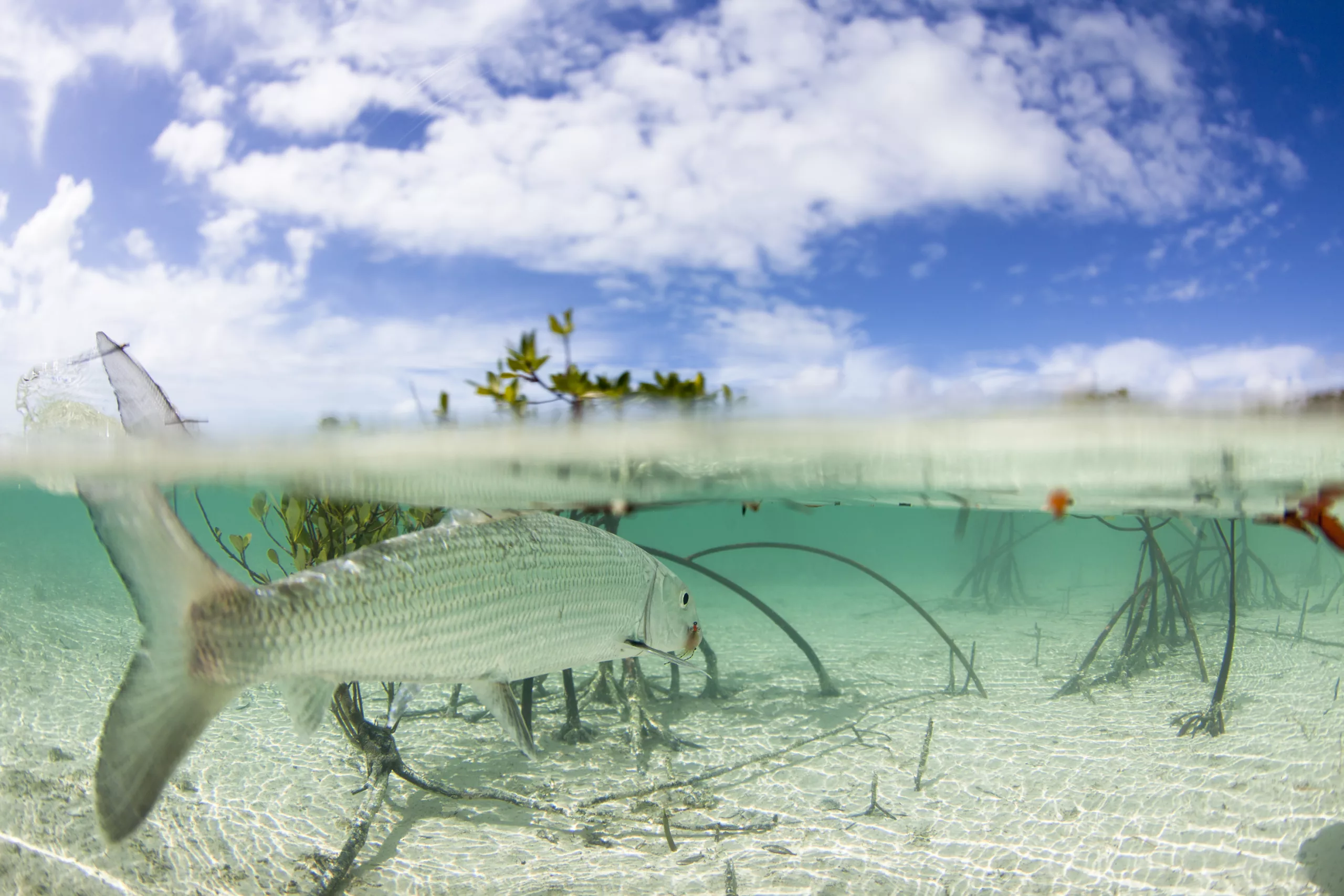
Abaco Lodge will be re-opening its doors on April 1st, 2023. We invite you to join us for our first season in a long time and to test your skills in this exceptional setting.
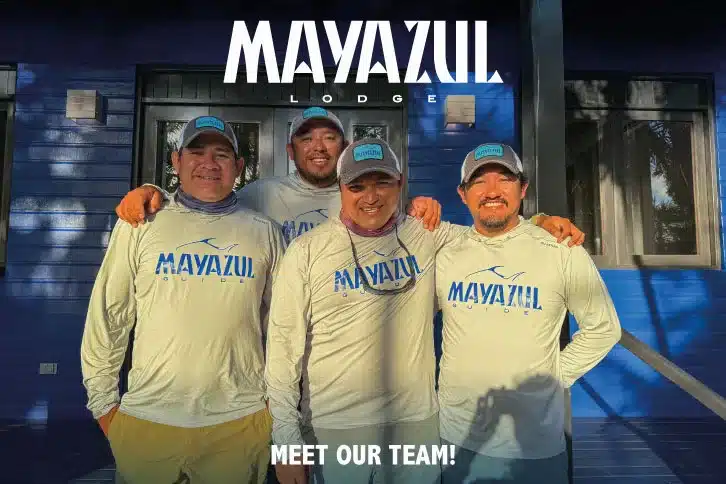
We are pleased to introduce our dedicated team of seasoned guides, where expertise meets passion. With deep knowledge of the As..
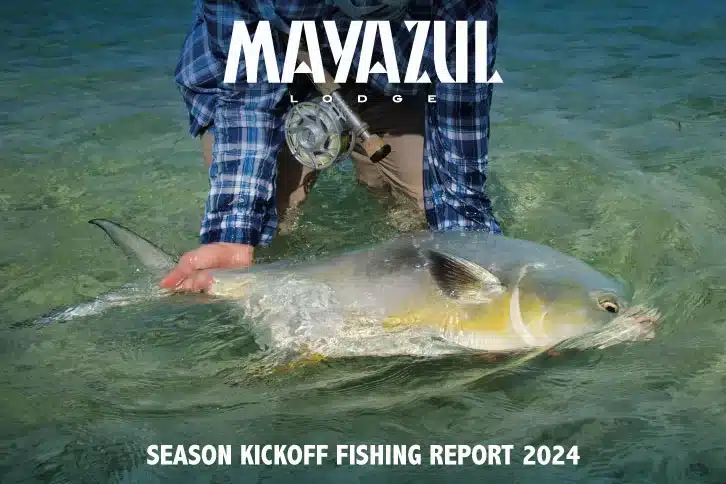
We are delighted to have wrapped up the inaugural month of operations at Mayazul Lodge! Our intimate, beachfront lodge is locat..